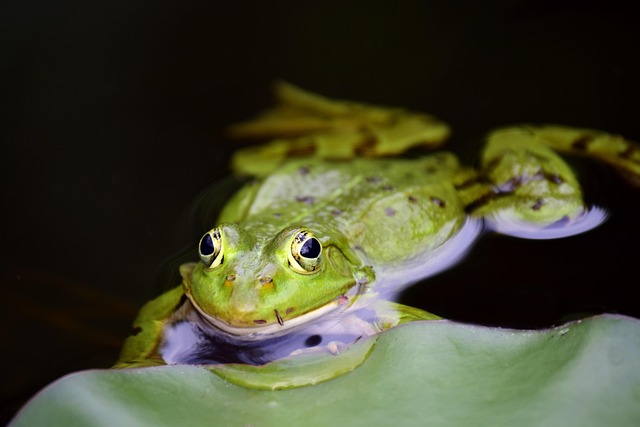
“The Evolutionary Edge: Unveiling Amphibians’ Adaptive Advantages”
The Evolutionary Edge: Unveiling Amphibians’ Adaptive Advantages
When we think of evolution, images of towering dinosaurs or exotic mammals often spring to mind. However, beneath the surface of still waters and in the damp recesses of forests and wetlands, a quiet revolution is taking place. Amphibians, with their unique evolutionary advantages, are adapting and thriving in ways that continue to captivate scientists and nature enthusiasts alike. So what makes these remarkable creatures stand out in the animal kingdom?
Unlike many other animals, amphibians such as frogs, toads, and salamanders possess an extraordinary ability to adapt to various ecosystems. Their life cycles, which typically include both aquatic and terrestrial stages, allow them to exploit a range of niches. This dual existence is one of the key evolutionary advantages that amphibians hold over other species. By being able to thrive in both environments, they can evade predators and access different sources of food, showcasing their unparalleled versatility.
Furthermore, amphibians have remarkable skin that serves multiple purposes. Not only does it facilitate breathing through a process called cutaneous respiration, but it also aids in their hydration. This is critical, especially in an era where many habitats are undergoing drastic changes due to climate shifts. The ability to absorb moisture through their skin means they can survive in environments that may be uninhabitable for other animals. By maintaining this essential adaptability, amphibians serve as a poignant reminder of nature’s resilience and ingenuity.
Their reproductive strategies further exemplify their evolutionary advantages. Many amphibians exhibit a fascinating array of behaviors, from laying thousands of eggs in water to producing fewer, but more developed offspring. This flexibility enhances their survival rates, allowing them to adjust their reproductive output based on environmental conditions. Some species even partake in unique parental care, such as carrying their young on their backs, enhancing the chances of survival in a world that can be incredibly unforgiving.
In addition, amphibians play a crucial role in their ecosystems. As both predators and prey, they are integral to maintaining the balance of the food web. Their sensitivity to environmental changes signifies their importance as bioindicators; their declining populations often foreshadow ecological distress. By studying these creatures, we can gain insights into the health of our ecosystems, emphasizing their invaluable role in the natural world.
As we explore the evolutionary advantages of amphibians, we begin to understand the broader implications of their adaptability. The strategies these creatures employ to survive and thrive serve as inspiration for conservation efforts, reminding us that even in a rapidly changing world, innovation and adaptability can pave the way for survival. The journey of amphibians is not just a testament to their strength, but a call to action for all of us to learn from their resilience and protect the habitats that allow our planet’s diverse life forms to flourish.



